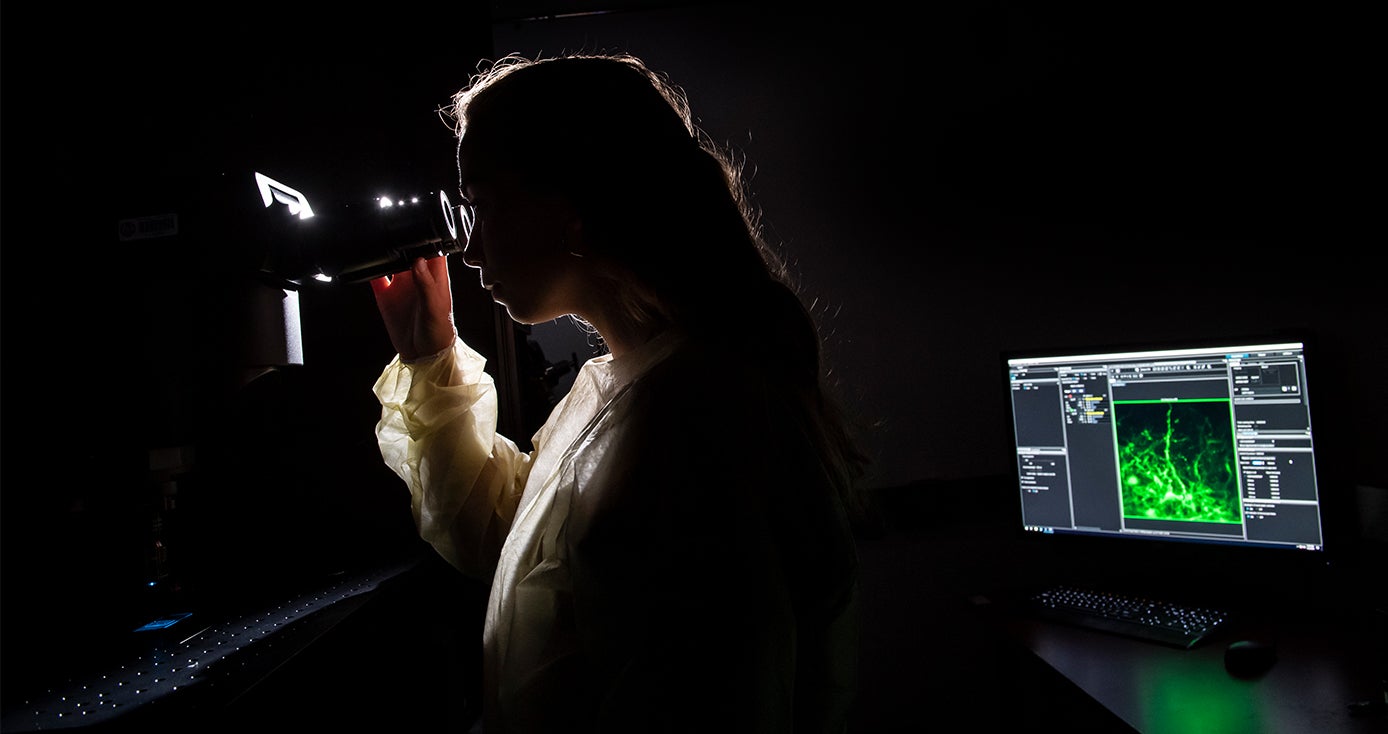
Subscribe to Pittwire Today
Get the most interesting and important stories from the University of Pittsburgh.Innovation and Public Support
Research universities have long been global drivers of innovation and entrepreneurship, and a key to this success is the collaboration with the U.S. government.
“Both in time of crisis and national unity, such as the current pandemic, or the space race that resulted in the moon landings, there is a boost in excitement around science-based innovation,” said Evan Facher, director of Pitt’s Innovation Institute.
And while the federal government is the primary source of funding for basic scientific research in the U.S., providing just under 60% in 2009, this is down from 70% around 1980.
Today, some members of the U.S. Congress say the novel coronavirus has revealed weaknesses from decades of underinvestment in scientific research. As a result, a bipartisan group has recently proposed the “Endless Frontier Act” with $100 billion in funding over five years to advance science and technology research and development. An additional $10 billion would be authorized to designate at least 10 regional technology hubs as global centers for the research, development and manufacturing of key technologies.
“Without federal funding for organizations like the National Science Foundation (NSF) and the National Institutes of Health (NIH), we as a nation risk falling severely behind other countries in terms of innovation and STEM training and education,” Facher said. “We are in an age where we cannot afford to take a step back in scientific research or education as technology increasingly shapes our world. We stand at the brink of monumental breakthroughs driven by the convergence of machine learning, robotics and the life sciences that will help cure diseases and tackle issues around the environment and renewable energy, all while promoting entrepreneurship and economic opportunity.”
This is increasingly important now, he said.
“It will take an enormous investment to combat COVID-19 and develop treatments and a vaccine,” Facher said. “And in addition, we need to keep doing the basic science and research that was already happening before the pandemic.”
Pitt student and faculty researchers have worked amid the COVID-19 pandemic to advance their ideas. For example, the annual Randall Family Big Idea Competition was held virtually this year rather than in person. Another example is the research being done at the Center for Vaccine Research to find a vaccine for COVID-19. However, Facher says in order to continue to make a positive difference, investigators need to be back in the laboratory or at their field research sites.
“Pitt’s student, staff and faculty members have been tenacious when it came to dealing with the extenuating circumstances,” Facher said. “Our innovators though are eager to return to their studies and a sense of normalcy.”
The University’s track record
- Set a new record of $860 million for sponsored research expenditures in 2019.
- Ranked 10th in federal funding expenditures for research and development in Higher Education Research and Development Survey.
- Injects $1.7 billion into Pennsylvania’s economy year after year.
- Ranked ninth nationally in federal science and engineering funding, in a report from the National Science Foundation.
- Ranked fifth among U.S. universities for competitive grants awarded to faculty by the National Institutes of Health.
- Set record numbers of startups totaling 55 new companies in the last three years, which “couldn’t have been accomplished without proper funding under the NIH and NSF,” Facher said.



